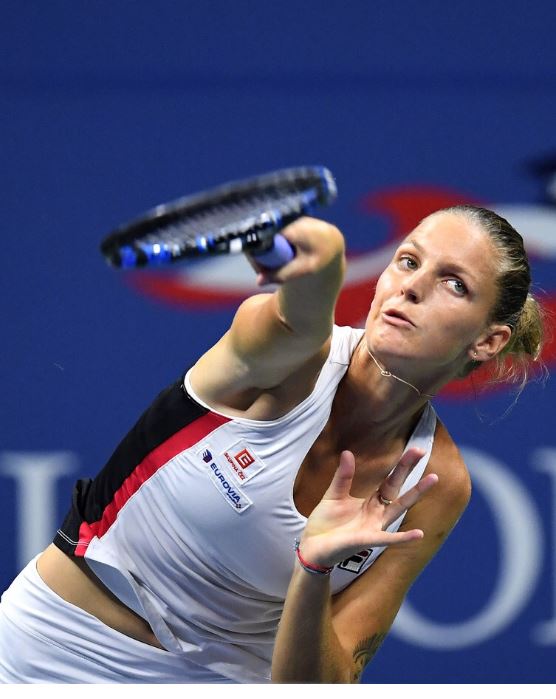Plisikova beat Serena Williams. Her serve seems to have no pronation.




 The Hitch in the Backswing...
The Hitch in the Backswing...

There are currently 13595 users online. 8 members and 13587 guests.
Most users ever online was 139,261 at 09:55 PM on 08-18-2024.


Comment